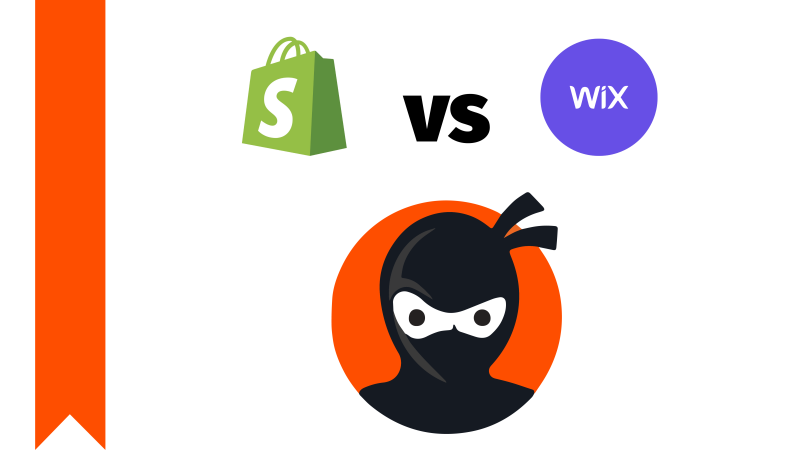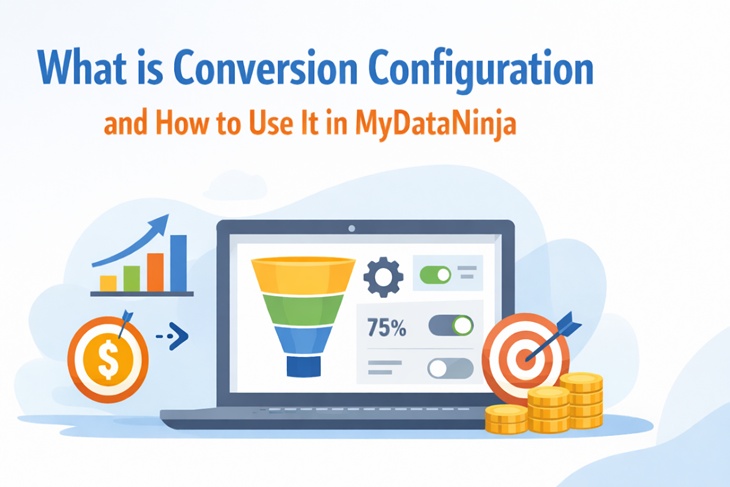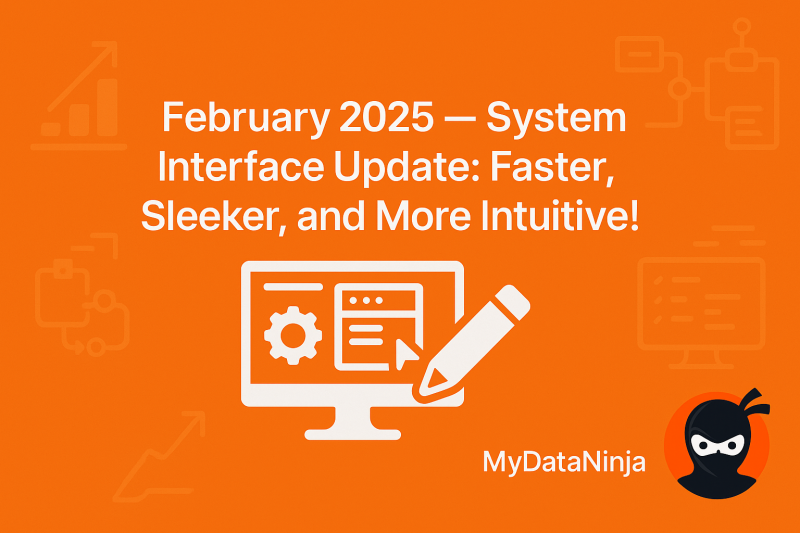
After comparing WooCommerce and Shopify (WooCommerce vs Shopify), it’s time to compare Wix and Shopify. Wix is another big E-commerce platform, but the notable thing is that it was not always an E-commerce website, but rather a content-based website builder that later added E-commerce features. Whereas Shopify was always an E-commerce website builder. I know, as a beginner it’s hard to make a decision, so let me offer you a helping hand and walk you through this comparison.
First, keep in mind that I can’t decide which one is better for you, but I can most certainly make this dilemma easier for you. Let’s start the comparison.
The Easier One to Use – Wix vs Shopify
When it comes to ease of use, both Wix and Shopify are designed to be user-friendly. Here’s a closer look at which one might be easier for you to use based on your specific requirements.
Wix:
- Intuitive Drag-and-Drop Interface: It is often praised for its highly intuitive drag-and-drop builder, making it very easy for beginners to design their website without any technical skills.
- Wix ADI (Artificial Design Intelligence): For those who want to get online quickly, Wix ADI can create a personalized website in minutes by asking you a few simple questions.
- Flexibility: It allows for a lot of customization with its design tools, which can be both an advantage and a potential complexity if you prefer a simpler setup.
- Learning Curve: The learning curve is minimal, making it ideal for users who are new to website building and want a straightforward process.
Shopify:
- Guided Setup: It provides a step-by-step setup guide that helps you build your store, making it easy to follow even if you’re new to E-commerce.
- Streamlined for E-Commerce: Its interface is specifically designed for online selling, so everything you need is organized and easily accessible.
- Limited Customization: While you can customize Shopify themes, the customization is more structured compared to Wix, which can simplify the process if you don’t want to deal with too many design choices.
- Learning Curve: There is a small learning curve with Shopify, especially if you want to utilize advanced features, but it’s generally considered easy to use once you get the hang of it.
Understanding Wix and Shopify

Before I continue with the comparison, I want you to understand both of the platforms.
Wix is a super easy-to-use website builder that helps you create beautiful websites without needing any tech skills. Imagine just dragging and dropping things where you want them, it’s that simple! Whether you’re starting a blog, showing off your art, or opening a small online store, it has lots of cool templates to choose from. It’s great for beginners and small businesses who want a nice-looking website quickly.
On the other hand, Shopify is a top-notch tool for anyone wanting to sell stuff online. It makes setting up and running your online store really simple. You can easily add products, take payments, and keep track of orders all in one place. It is perfect for businesses of all sizes, giving you all the tools you need to start and grow your online shop. It’s like having a whole team helping you sell your products online!
Now that you know what both of the platforms are, let’s continue with the comparison.
Scalability
Scalability is not that important at the beginning, but when your business gets bigger, it might become a problem for you. Now I will give you information about each platform’s scalability.
Wix is a great starting point for small businesses, but it has some limitations when it comes to scalability. For example, Wix supports up to around 50,000 products, which might be sufficient for small to medium-sized stores but could be restrictive for larger businesses. As your site grows, you can upgrade to higher-tier plans that offer more bandwidth and storage.
However, these plans still have limitations that might not meet the needs of a rapidly expanding business. While it provides essential E-commerce tools, it lacks some advanced features like multi-channel selling and detailed analytics. Additionally, during high traffic spikes, Wix’s performance might not be as robust, which can be a concern for larger online stores.
Whereas, Shopify is designed with scalability in mind, making it an ideal choice for businesses planning to grow. Unlike Wix, Shopify doesn’t impose a product limit, allowing you to expand your inventory without restrictions. As your business scales, you can upgrade to higher-tier plans that offer more advanced features and lower transaction fees.
Shopify‘s infrastructure is built to handle high volumes of traffic and large inventories smoothly, ensuring your site remains fast and reliable even during busy periods. Additionally, Shopify’s extensive app store offers numerous integrations and tools to extend your store’s functionality (MyDataNinja Plugin coming soon), making it easier to manage and grow your business efficiently.
While Wix has a small disadvantage when it comes to scalability, it’s still an amazing choice for small and medium businesses.
Themes and Custumizacion
Wix offers a wide range of over 500 professionally designed templates, giving you plenty of options to choose from. These templates are fully customizable, allowing you to change layouts, colors, fonts, and other design elements using the easy drag-and-drop editor. You can add or remove sections, move things around, and tweak the design to match your brand perfectly. However, once you select a template, you can’t switch to another one without starting over, which can be a bit limiting if you decide you want a different look later on. Overall, it provides a high level of creative freedom, making it a great choice for users who want to design a unique and visually appealing website.
Shopify offers a smaller selection of themes compared to Wix, but all themes are designed with E-commerce in mind, ensuring they are optimized for selling online. It’s themes are responsive, meaning they look great on both desktop and mobile devices. Customization is also straightforward, though slightly more structured than Wix. You can make changes using the theme editor, which lets you adjust layouts, colors, and fonts without needing any coding skills.
For more advanced customization, you might need to use Shopify’s templating language, Liquid. This gives you more control but requires some technical know-how. Shopify’s themes and customization options are ideal for users who want a professional-looking store that’s optimized for sales, with the ability to make deeper customizations if needed.
The only difference between Wix and Shopify is that Shopify automatically creates a responsive website for mobile devices, whereas Wix does not.
Price and Customer Support

Wix offers several pricing plans created for different needs. The E-commerce plans start at around $23 per month, which includes basic online store features. As you upgrade, you get more storage, bandwidth, and additional features. The higher-tier plans, like the VIP plan at $49 per month, offer priority support and more advanced E-commerce tools. It doesn’t charge transaction fees, but you will still need to pay the standard fees of the payment gateway you use, such as PayPal or Stripe. Overall, it provides a cost-effective solution for small to medium-sized businesses looking to start an online store without breaking the bank.
When it comes to customer support, it provides 24/7 customer support through phone and email, ensuring you can get help whenever you need it. Their support center is useful and filled with guides, tutorials, and FAQs to help you fix common issues on your own. Additionally, it has a vibrant user community and forums where you can ask questions and share experiences with other Wix users. The higher-tier plans, like the VIP plan, offer priority support, meaning your queries will be addressed faster.
Shopify’s pricing starts higher than Wix’s but includes more comprehensive E-commerce features right from the basic plan. The Basic Shopify plan is $39 per month and offers essential features like unlimited products, 24/7 support, and discount codes. As you scale, the Shopify plan at $105 per month and the Advanced Shopify plan at $399 per month provide more advanced features like professional reports, lower transaction fees, and third-party calculated shipping rates.
It also charges transaction fees unless you use Shopify Payments, which can be a consideration if you prefer a different payment gateway. Despite the higher initial cost, its pricing is designed to grow with your business, offering robust features for scaling up.
Shopify outperforms in customer support, offering 24/7 assistance via phone, email, and live chat. Their support team is known for being responsive and knowledgeable, providing reliable help whenever you need it. Shopify’s help center is extensive, with numerous tutorials, guides, and forums where you can find answers to common questions and learn more about using the platform.
Performance and Speed
Wix provides solid performance and speed for most small to medium-sized websites. Its servers are reliable, ensuring your site stays up and running smoothly. However, during peak times or with complex websites, Wix’s performance may not match that of more specialized platforms. The speed of your Wix site can also be affected by the complexity of your design and the number of plugins or apps you use. For basic websites and smaller online stores, Wix generally offers sufficient speed and reliability.
Shopify on the other hand, is optimized for performance and speed, making it ideal for E-commerce websites. It is designed to handle high traffic and large volumes of transactions without slowing down. This ensures that your online store loads quickly and operates smoothly even during busy periods. It also provides built-in content delivery network (CDN) support to further enhance website speed by delivering content faster to users worldwide. Overall, Shopify’s focus on E-commerce makes sure that performance and speed are prioritized, offering a reliable platform for scaling your online business.
Security

Wix ensures security with SSL encryption for all sites and secure hosting. They update their platform regularly and comply with industry standards, though users should also follow best practices for online security.
Shopify prioritizes security with SSL encryption, PCI DSS compliance, and continuous monitoring for threats. They provide tools and guidelines to help merchants maintain a secure online store environment.
SEO Capabilities

Wix provides basic SEO tools to help optimize your website for search engines. You can customize meta tags, titles, and URLs, and it automatically generates a sitemap for easier indexing. However, some advanced SEO features, like full control over robots.txt or structured data, may be limited compared to other platforms.
While Shopify offers great SEO capabilities tailored for E-commerce. You can customize meta tags, titles, and URLs for products and pages, and Shopify automatically generates a sitemap to improve your site’s visibility. Additionally, Shopify’s clean code and fast loading times work positively to SEO efforts. It also supports adding structured data, allowing you to improve how your products appear in search engine results. Overall, Shopify provides great tools to optimize your online store for better search engine rankings.
Payment Options

Wix supports various payment gateways, including PayPal, Stripe, and Wix Payments (powered by Stripe). This allows you to accept payments from customers using major credit cards, PayPal accounts, and other methods supported by these gateways. Wix Payments integrates seamlessly with your online store and offers competitive transaction fees, but you still need to consider the fees charged by the payment gateways themselves.
Shopify offers over 100 payment gateways, giving you flexibility in how you accept payments. Shopify Payments is the platform’s native payment gateway, which integrates directly with your store and offers lower transaction fees compared to external gateways. It supports major credit cards and often provides additional features like fraud prevention and chargeback management. It also supports third-party payment gateways like PayPal, Stripe, and others, allowing you to choose the option that best suits your business needs and customer preferences.
Multilingual and Multi-currency Support

Wix offers multilingual capabilities through its editor, allowing you to create different versions of your site in multiple languages. However, managing multilingual content can be somewhat manual, as each language version requires separate pages. It also supports displaying prices in different currencies, but transactions are primarily processed in the currency of your Wix Payments account, which may not support all currencies, usually it only processes US dollars.
Shopify provides great multilingual and multi-currency support through apps and features that integrate easily with your store. You can use Shopify’s Language Editor to translate your store’s content into multiple languages, making it easier to reach international customers.
Shopify’s multi-currency feature allows customers to view and pay for products in their local currency, improving the shopping experience and reducing confusion over exchange rates. Shopify Payments supports multiple currencies, making sure you can accept payments in different currencies and automatically handle currency conversions, which simplifies international transactions for both you and your customers.
Conclusion
In summary, Wix and Shopify each offer great advantages depending on your specific needs. Wix is user-friendly with strong design capabilities, making it ideal for beginners and small businesses looking to establish an online presence. Shopify excels in E-commerce functionality and scalability, making it a great choice for businesses focused on growth and advanced online selling features.
Your choice between Wix and Shopify should be based on your business goals, technical expertise, and the scale of your online operations. As I previously said, I can’t give you a specific answer when it comes to choosing one of the platforms, but after reading this blog, I’m sure you’ll figure it out.
The good news is that MyDataNinja will be available for Shopify shortly, giving you the ability to use its magical features, so stay tuned. While waiting, why not join us and get a 7-day free trial?







